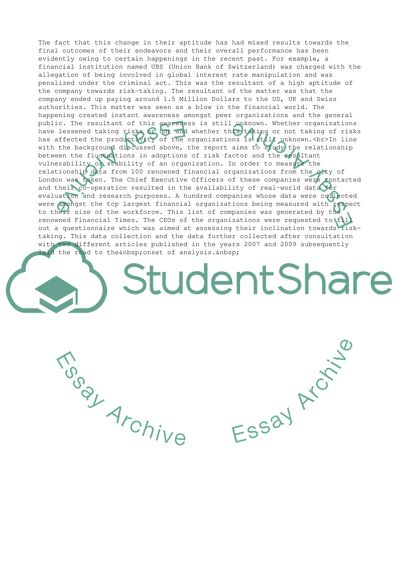Cite this document
(Relationship between Risk attitude and Organizational Vulnerability Assignment, n.d.)
Relationship between Risk attitude and Organizational Vulnerability Assignment. Retrieved from https://studentshare.org/business/1792340-spss-assignment
Relationship between Risk attitude and Organizational Vulnerability Assignment. Retrieved from https://studentshare.org/business/1792340-spss-assignment
(Relationship Between Risk Attitude and Organizational Vulnerability Assignment)
Relationship Between Risk Attitude and Organizational Vulnerability Assignment. https://studentshare.org/business/1792340-spss-assignment.
Relationship Between Risk Attitude and Organizational Vulnerability Assignment. https://studentshare.org/business/1792340-spss-assignment.
“Relationship Between Risk Attitude and Organizational Vulnerability Assignment”, n.d. https://studentshare.org/business/1792340-spss-assignment.


